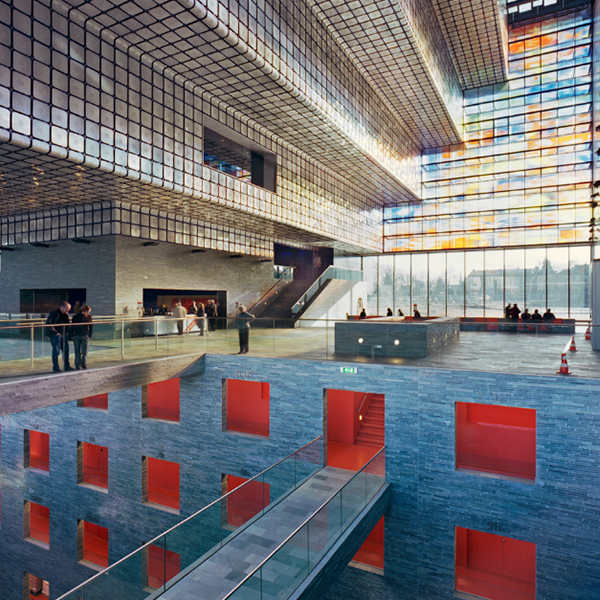Abstract
China is greatly interested in Dutch architecture and seeks to strengthen the scientific, cultural and professional exchange and international cooperation in the realm of the creative industries. This is why the China Central Academy of Fine Arts in Beijing has invited the Delft University of Technology to create an exhibition presenting an overview of developments in Dutch architecture and Dutch design from the last century. With the exhibition Hundred Years of Dutch Architecture. From Berlage to Koolhaas, which opened on May 15th of 2009, the correlation of ideas of Dutch architecture in the past and the present was shown.1 The exhibition contributed to the growing demand for Dutch Design in the context of urban planning, housing, applied arts and architecture in China.
From an international point of view, Dutch twentiethcentury architecture holds a strong position. For this reason Prof. Ir. Leen van Duin of Delft University of Technology and Prof. Lu Pinjing of the China Central Academy of Fine Arts (CAFA), both believing in the intensification and extension of educational, scientific and cultural exchange, thought it would be a good idea to present some highlights of contemporary Dutch architecture in the prestigious CAFA Art Museum in Beijing, designed by Arata Isosaki. In the educational programs of both their faculties the idea of continuity is important. The programs strive to achieve a finely tuned balance between convention and invention in design and the creative industry.
How to Cite
Published
Issue
Section
License
Copyright (c) 2010 OverHolland

This work is licensed under a Creative Commons Attribution 4.0 International License.




